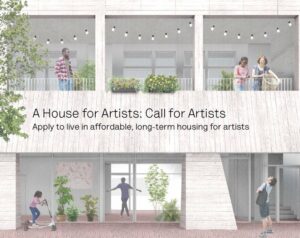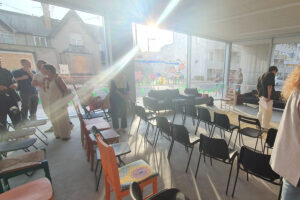Our director, Levent Kerimol joined Hanna Afolabi from Mood & Space and Selasi Setufe MBE to talk about community led housing for the Property Development Book Club podcast.
The conversation covered what community led housing is, what makes it unique, how it addresses affordability, misconceptions, barriers, and how it could scale without loosing the diverse resident control that makes community led housing so powerful.
The discussion touches on Collective Ownership as a way to achieve this, as well as our work to Build Belonging, convening a community group around a professional development scheme.




